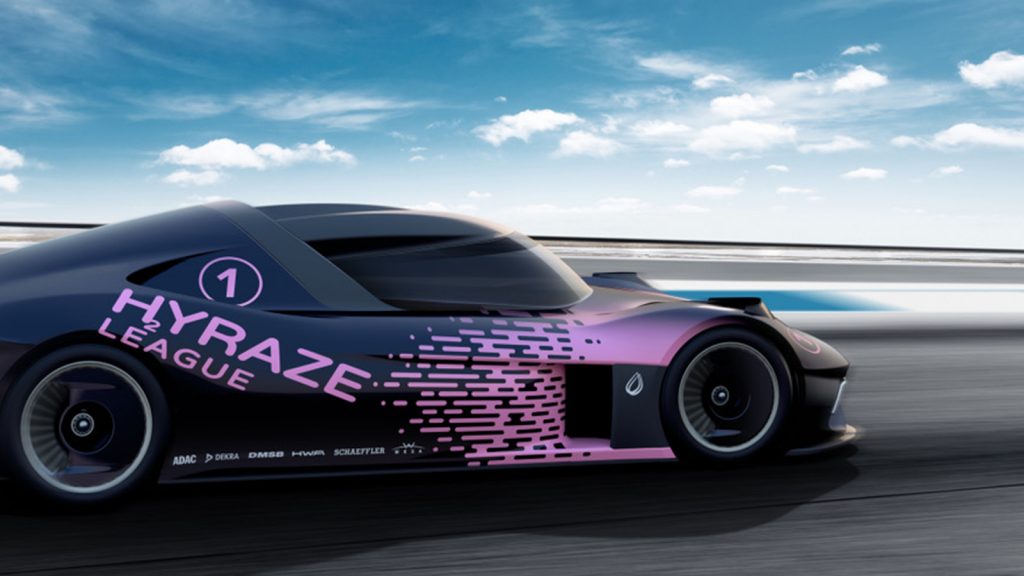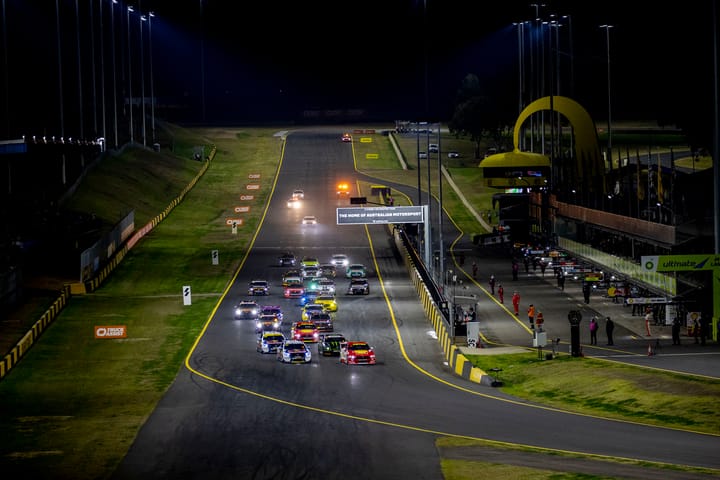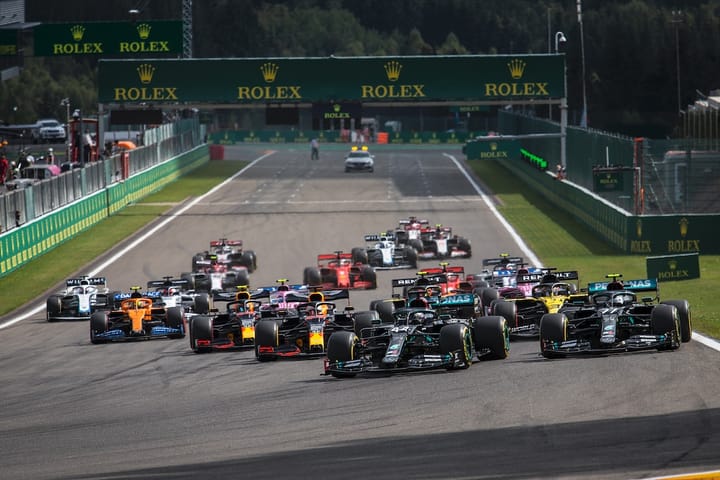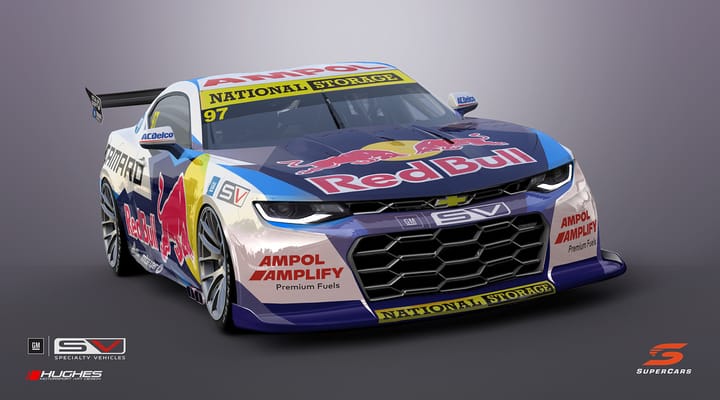Millennial Racing With Hydrogen
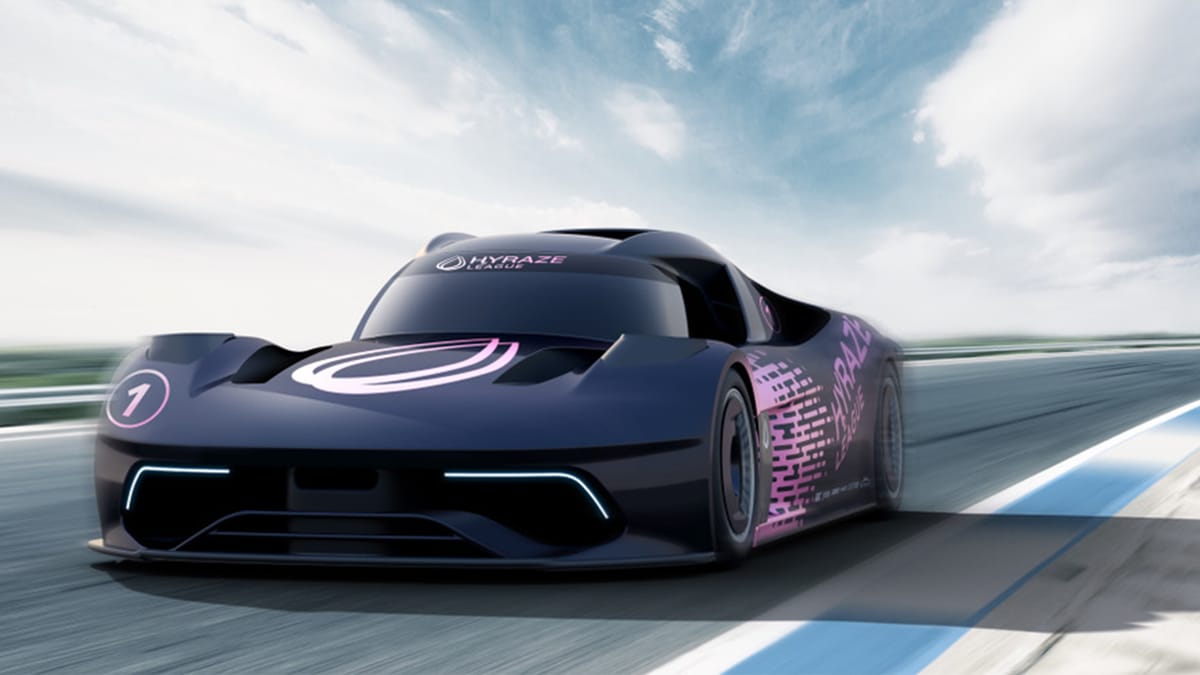
A new generation of drivers and fans is the target for a unique hydrogen-powered motorsport series.
As car racing audiences around the world age rapidly, and youngsters lose their fascination with driving, a high-powered group of German companies has responded with the Hyraze League.
Uniquely, it combines real-world racing with SIM driving in a series that uses two-seater sports cars with on-board power provided by the same fuel cell technology that helped to take humans to the moon.
The Hyraze League will have pairs of drivers – one in a car, one in front of a computer screen – and the results will combine their efforts from the real and virtual worlds.
The cars are specially-developed two-seater racing coupes with a fuel-cell driveline using hydrogen power, with the series planned to start in Germany in 2023 before a global championship in 2025.
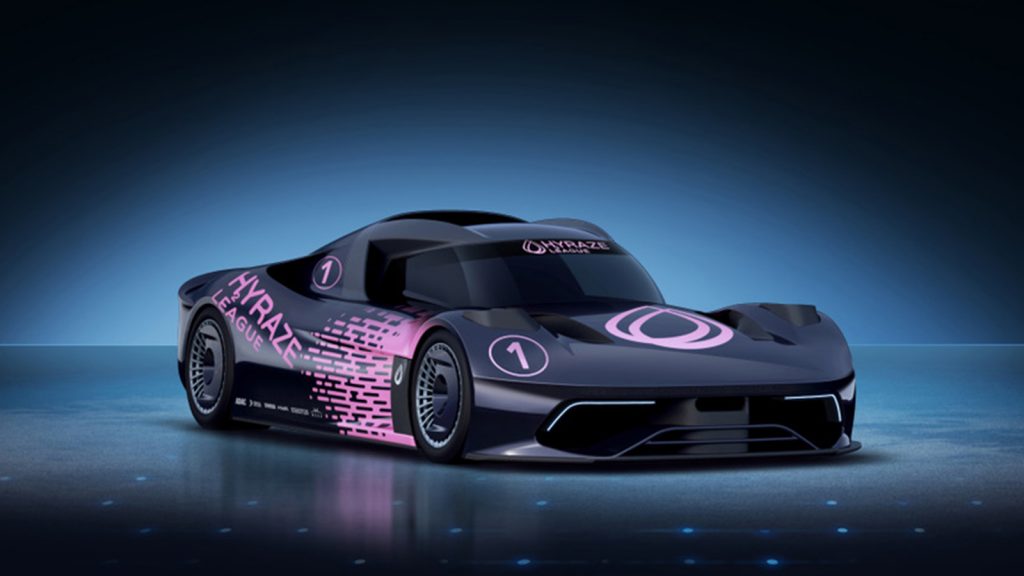
The father of the program is Hans-Werner Aufrecht, who has a 50-year history in motorsport as well as a founding role in the Mercedes-AMG high-performance road-car business.
“We took a closer look at motorsport and we have defined that the average age of spectators … is growing, it’s older. Today, not every young boy at the age of 18 wants to have a driver’s license,” he says.
“We will start with an E-sports series that will give the feeling of sitting in a proper race car. To win over the young people in the future.”
“This is the reinvention of motorsport. We have to develop and convey new technologies. We are convinced that this is the technology of the future and motorsport is the key to present it to the people.”
The announcement of the Hyraze league does not give any financial details, or any ties to major motor makers, although powerhouse German companies including ADAC and DEKRA are involved.
Technical details include the hydrogen fuel cell, an advanced battery and high-voltage electrical system, and all-wheel drive using four electric motors.
Overall output is a claimed 800 horsepower (596 kiloWatts), with a top speed of 250 km/h and a 0-100km/h sprint time of 3.0 seconds.
Just as importantly, the side-mounted hydrogen tanks will be protected by a carbon-fibre safety cell that will resist a 130-tonne lateral impact and the cars will recover up to 80 per cent of braking force by a system that includes driveline friction.
Aufrecht now heads the HWA motorsport company – whose drivers include Jack Doohan in Formula 3 – and says the thinking behind hydrogen-fuelled racing came as he considered the future of motorsport and the next generations of fans.
In some ways his conversion from petrol power to hydrogen is like the legacy of Alfred Nobel, the Swedish chemist who invented dynamite before using his finances to establish the Nobel Prize program.
“If you have children and grandchildren you have to think about the legacy you leave. There cannot be any bigger motivation for me. I think this is my responsibility,” Aufrecht tells carsales in a video link from Germany.
“I hope that motorsport is really innovative. Whether this will be enough for a Nobel Prize, I’m not sure.”
The technical chief of the program, Martin Marx of HWA, says the program has been underway for more than two years and prototype testing will begin in 2021 and continue through 2022 before the start of racing.
“We love challenges. We love what we do. Wherever technology comes into play, doors open,” Marx says.
“There are a high number of innovations. It’s not just a hydrogen-driven racecar. The heart of the vehicle is the battery. It’s about feeding and extracting energy as quickly as possible.”
Racing is planned to begin on traditional motorsport circuits but, just like the Formula E category for electric single seaters, the Hyraze League partners are considering pop-up city circuits to reach younger fans.
In the virtual world, Hyraze League is working on proprietary software for the best eRacing integration.
